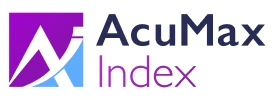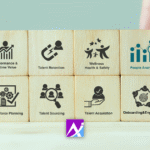Employee wellbeing needs to be a priority for every organization. A shift to working from home must shift our management and culture to meet a remote workforce’s needs and challenges. This shift doesn’t have to be arduous or time-consuming. Here are three things that you can do today to help improve your employee’s experience at work.
1) Guard employee’s time
With the shift to remote work, employees have been busier, with a Harvard Business School study finding that employees have 13% more meetings and an 8% increase in the length of workdays. Help your employees reduce calendar clutter and video conference fatigue by evaluating the number of meetings they have and reducing meeting times. Change hour meetings to 45 minutes. Even that extra 15 minutes in between meetings can give your employees time to regroup. Require that any meetings 30 minutes or longer have an agenda. Agendas will help make the meetings productive and focused.
2) Transparent and frequent communication
Without the ability to see your team in a physical environment, you should be just as mindful to informally check-in to see how they’re doing. It can be as simple as sending an instant message to ask how they’re doing, how a meeting went, or what they did over the weekend. These little messages can make a big difference in letting your employees know you still care and are invested in them personally and professionally.
3) Personalize onboarding
With virtual interviews and hiring increasing steadily, many employees are starting jobs in a partially or fully remote workplace. That can be difficult for new employees to know who to contact with questions. To help create a better onboarding experience, personalize onboarding and assign a “buddy” to the new employee. You can personalize onboarding by using onboarding materials relevant to their role within the organization and the materials should be tailored to how the new employee learns. You can find out how an employee learns by having them complete a personality assessment, giving you additional valuable information about how they’ll fit in with their new team and in their new role. The buddy the employee is assigned should be different than their manager and have enough time to dedicate to the new employee and be well versed in the company products, practices, policies, etc. so that they can be a reliable resource.
Three Things You Can Do Today to Improve Remote Employee’s Job Satisfaction





